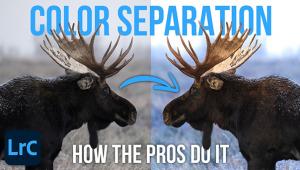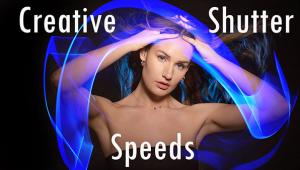I like the lens, and it is truly a dynamic piece of equipment and an all in one lens, the one drawback being its bulk and weight. When I use it on my 500D (Ti1) it seems out of place on such a small frame, and when I use it on my 7D the weight of that combination makes shooting a bit more difficult.
Tamron AF18-270mm F/3.5-6.3 Di II VC PZD; Sometimes One Size Does Fit All Page 2
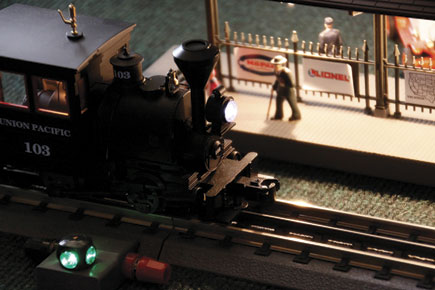 |
|
|
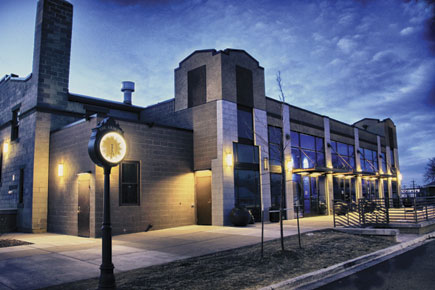 |
|
|
With visions of 540mm dancing in my head, I did try using my Pro-Optic tele-converter on the lens but quickly ran afoul of the two-stop light loss and f/6.3 maximum aperture at 270mm, which the EOS 50D’s autofocus was not capable of handling. Then I remembered the old rule of thumb that manually focusing is recommended when using a tele-extender with a lens that has a maximum aperture of f/4 or slower. In addition to a wide and grippy zoom ring, the lens has a narrow, rubberized manual-focusing ring—much as on similar zooms—hanging off at the end. And much like other zooms there’s little if any focusing drag and while that might not be optimal for the all-manual, all-the-time shooter, it’s more than adequate for the average photographer who will use the lens in AF mode 99.5 percent of the time. Having internal focusing does make the process smoother and if you want to use a 2x tele-converter, you can manually focus Tamron’s 18-270mm F/3.5-6.3 without a lot of drama.
On my first road trip, I went to Prospect, Colorado, a unique community in Boulder County, for a great lunch as well as a place to photograph interesting architecture. Since weather during the time I had the lens was quite unpredictable, I found that using the lens’ VC feature made shooting an automatic (AEB) three-stop bracket for future HDR processing ensured that all three shots would align perfectly—without a tripod. Tip: I also put the camera in Continuous mode so it would fire a quick three-shot burst, making it easier to hold the camera steady enough to keep all three image files in register.
 |
|
|
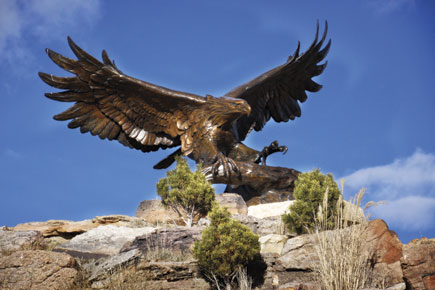 |
|
|
Shooting the Tamron AF18-270mm F/3.5-6.3 Di II VC PZD was a delight. Its compact size, wide zoom range, and more or less affordable price ($649) make it an ideal travel photography lens. The images produced were consistently sharp, even when shot under marginal lighting conditions. When combined with Tamron’s 11-18mm F/4.5-5.6 lens (now replaced by the internal focusing SP 10-24mm F/3.5-4.5 Di II LD Aspherical) they would make a fabulous two-lens kit for travel photography. Toss in a 2x extender for the 18-270mm F/3.5-6.3 with all the previously mentioned caveats and “Bob’s your uncle.”
Technical Specifications
Tamron AF18-270mm F/3.5-6.3 Di II VC PZD
Lens Construction (Groups/Elements): 13/16
Angle Of View: 75˚33’-5˚55’ (APS-C size equivalent)
Diaphragm Blade Number: Seven
Minimum Aperture: f/22~f/40 (18-270mm)
Minimum Focus Distance: 19.3” (over entire zoom range)
Macro Magnification Ratio: 1:3.8
Filter Diameter: 62mm
Weight: 15.9 oz
Length: 3.5”
Entire Length: 3.8”
Diameter: 2.9”
Accessory: Flower-shaped lens hood
Mount: Canon, Nikon with built-in motor, Sony
Price: $649
For more information, contact Tamron USA, Inc. at: www.tamron-usa.com.
- Log in or register to post comments


Suppose I have a 70-200mm zoom lens. I zoom it to 130mm, and half-press the shutter button to auto-focus, something moves inside the lens and adjusted its focus. What lens parameters have changed in the previous two steps respectively? For those lens with non-changeable focus length, there is still a focus ring which you just adjust, what does that change?
Steve Tiffiny

I have been previously exploring to get a tiny for any high-quality content articles or weblog articles in this form of home . Checking out in Yahoo I eventually stumbled upon this site. Karen Millen Outlet UK

I have been assigned to do a report for our school newspaper on this subject, and your post has been beneficial. Can you please add more reference to this topic, thanks.
Scholarships Online

I love playing around and taking photos, but when it come to lens choice, I'm confused. I guess overtime experimenting and testing is the only way to learn. I need to take photos of stye in eye for a blog I'm working on.

I am including this RSS to my e-mail and can look out for a lot extra of your respective fascinating content. Ensure that you replace this once more very soon..
Laos tour

Wonderful report in addition to to the level. My spouse and i not necessarily determine it's the best placement ought to on the other hand do you all people have any ideea best places to make use of a quantity of professional writers? Thanks a lot.

Wonderful report in addition to to the level. oakley sunglasses outlet

I expect to see the VC feature built into more Tamron lenses in the future.converse shoes

have any ideea best places to make use of a quantity of professional writers? cheap oakley sunglasses

I think the way you write feels like having so much passion, I am curious on the way you write down this topic. This is the kind of content that will give clearance to this issue and you have put it in a way that everyone can understand.. CHECK THIS WEBSITE which explains you more..

A very good article lam ho chieu nhanh.To thank you for your article will assist you du lich mien tay.when you come to Viet Nam du lich trung quoc, vé máy bay đi sài gòn .
http://dulichthegioi247.com/du-lich-trong-nuoc-khoi-hanh-tu-mien-bac/du-...

I liked the lens. Tamron has always been a pioneer in zoom lens category. I am a photography student and I want to write an essay. Is taking help from admission essay writing service useful. http://www.essayscampus.com/Admission-Essay-Writing-Services



























